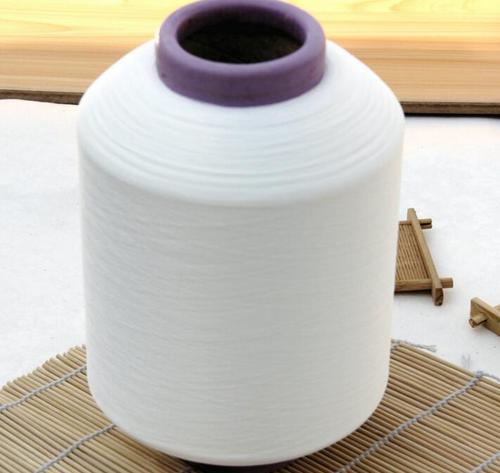Introduction to the Varieties and Uses of Nylon Pure Spinning Fabric
Various fabrics woven from nylon silk include nylon taffeta, nylon crepe, nylon Oxford fabric, etc. Nylon filament weaving has the characteristics of smooth and durable feel, moderate price, but also has the defects of easy wrinkling and difficult recovery of the fabric.
1、 Nylon taffeta
Nylon taffeta is commonly used for making lightweight clothing, down jackets, or raincoat fabrics, while nylon crepe is suitable for making summer dresses, spring and autumn shirts, etc.
2、 Nisi spinning (silk)
Nylon spinning, also known as nylon spinning, is a type of spun silk fabric made from nylon filament. According to the weight per square meter, it can be divided into two types: medium thick type (80g/m2) and thin type (40g/m2). There are various post-processing methods for nylon raw silk, including refining, dyeing, or printing; It can also be polished, textured, or coated. After whitening, dyeing, printing, calendering, and embossing, the nylon fabric is flat and fine, with a smooth surface and a soft touch. Lightweight and durable, with bright colors, easy to wash and dry quickly. Mainly used as a fabric for men's and women's clothing. Coated nylon fabric is windproof, waterproof, and has anti down properties. It is used as a fabric for ski shirts, raincoats, sleeping bags, and hiking jackets.

3、 Twill fabric
Fabric with clear diagonal patterns woven using twill arrangement, including brocade/cotton khaki, brocade/cotton herringbone, brocade/cotton crodin, etc. Among them, brocade/cotton khaki has the characteristics of a solid and tight fabric body, toughness and stiffness, clear patterns, and wear resistance. Suitable for manufacturing jackets, windbreakers, luggage, etc.
4、 Jinwen Crepe
Choose pure nylon filament weaving. The body is thin, the surface is smooth, the color scheme is soft, and the pattern is beautiful.
5、 Nylon Oxford cloth
Both warp and weft yarns are woven with high-strength (167-1100 dtex) nylon filament, arranged in a plain weave structure. The product is woven using a water jet loom. After undergoing dyeing, finishing, and coating processes, the raw fabric has the advantages of soft hand feel, strong drape, novel style, and waterproofing. The surface of the fabric has a glossy effect of nylon silk. Suitable for manufacturing bags, sportswear, etc.
Article source: Nylon colored yarn
-
05-27
The reason why fabrics containing spandex are prone to yellowing
Spandex is a commonly used fiber variety in our daily lives, characterized by good elasticity, low fineness, high elastic modulus (cracking elongation can reach 400-800), and low specific gravity. Spa
-
04-24
Colored non dyed nylon with synthetic fiber raw material
The current conventional fiber coloring mostly uses yarn dyeing method, which has long process, high loss, high cost, and the product has color difference and low color wash fastness. Yarn is prone to
-
03-26
What are the characteristics of non dyed spandex?
Non dyed spandex has also been widely used in recent years. Non dyed spandex fiber can be blended with fibers such as nylon, polyester, acrylic, cotton, wool, etc., which can give fabrics excellent el
-
02-24
The influence of yarn structure on fabrics
The basic characteristics of yarn include its appearance and shape, twisting characteristics, fiber transfer and distribution characteristics in the yarn, as well as the surface fuzz and internal loos
